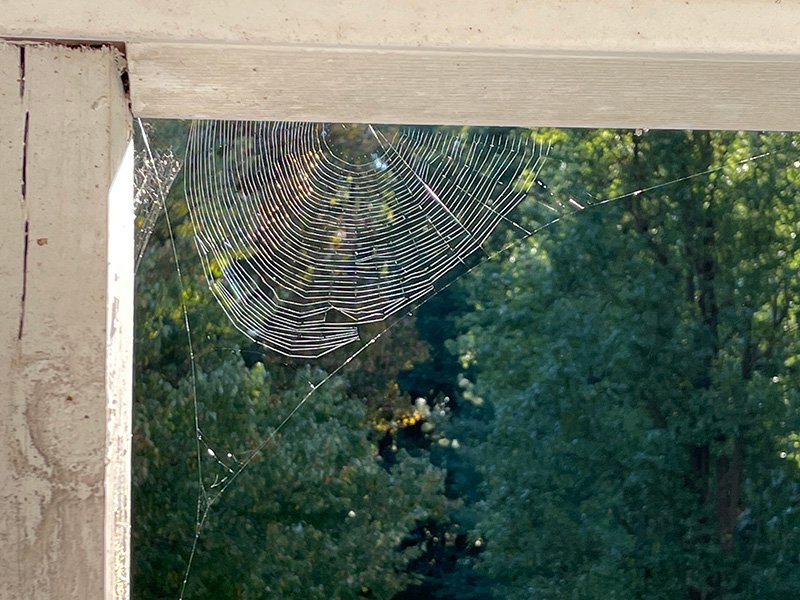Common termites in Northern California
In Northern California, the most common termite species that pose a threat to homes and structures include:
- Eastern Subterranean Termites: The most widespread species in the U.S., known for building underground colonies and mud tubes.
- Formosan Subterranean Termites: A more aggressive and destructive type of subterranean termite.
- Desert Subterranean Termites: Found in drier parts of the region, these termites can thrive in arid conditions. Like other subterranean types, they rely on mud tubes to travel and reach wood sources.
- Western Subterranean Termites: One of the most widespread and destructive species in Northern California. These termites build underground colonies and rely on moisture and mud tubes to access wood.
- Western Drywood Termites: These termites live inside the wood they infest and don’t require contact with soil, making them harder to detect.
Knowing which species are active in your area can help you spot the right signs before serious damage sets in.
Signs of subterranean termites
Subterranean termites live in the soil and build mud tubes to access above-ground food sources. Here are the most common signs of their activity:
Mud tubes
Thin, pencil-sized tunnels made from mud and wood particles are one of the most recognizable signs of subterranean termite activity. You may find them running along foundation walls, crawlspace supports, or outdoor walls.
Hollow or damaged wood
These termites often eat wood from the inside out, so the surface may look intact even if the interior is severely damaged. Tapping on the wood may produce a hollow sound.
Bubbling paint or stained walls
Subterranean termites create moisture as they tunnel, leading to bubbling or peeling paint. In some cases, you may see dark streaks or stains on walls that mimic water damage.
Swarmers and discarded wings
In the spring or early summer, subterranean termite colonies release winged reproductives called swarmers. You may see them flying near windows or light sources. After swarming, they shed their wings, leaving small piles of clear, papery wings behind. While drywood termites also produce swarmers, subterranean swarms tend to be larger and more noticeable.
Signs of drywood termites
Drywood termites don’t need contact with the soil. Instead, they live and feed entirely within dry wood, which can make them harder to detect. Look for:
Frass (termite droppings)
Drywood termites push their droppings out of small holes near their nesting sites. The result is small piles of pellet-shaped frass, which can look like sawdust or ground pepper.
Discarded wings
After swarming, reproductive termites shed their wings. Finding piles of tiny, clear wings on window sills or in corners is a strong sign that termites have entered your home.
Blistered or warped Wood
Infested wood may look blistered or warped due to tunneling just beneath the surface. Over time, drywood termite activity can weaken wooden structures and trim.
What to do if you see signs of termites
No matter which type of termite is causing trouble, early action is the key to avoiding costly repairs. Termites work quietly, but they can do serious damage over time. At Big Time Pest Control, we’re experienced in identifying and treating all the termite species common to Northern California—including subterranean and drywood termites. If you notice signs of activity or want a proactive inspection, our team is here to help.
Our locally owned and family-operated pest control company offers expert termite control services in Sacramento, Chico, Anderson, and Northern California. We specialize in both subterranean and drywood termite treatments, using effective methods like liquid treatments and Trelona® ATBS Termite Bait Stations. For drywood termites, we provide fumigation services to ensure complete eradication. For reliable, long-lasting termite protection, contact us today!



















